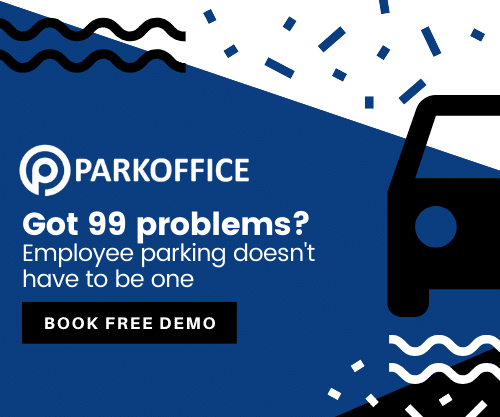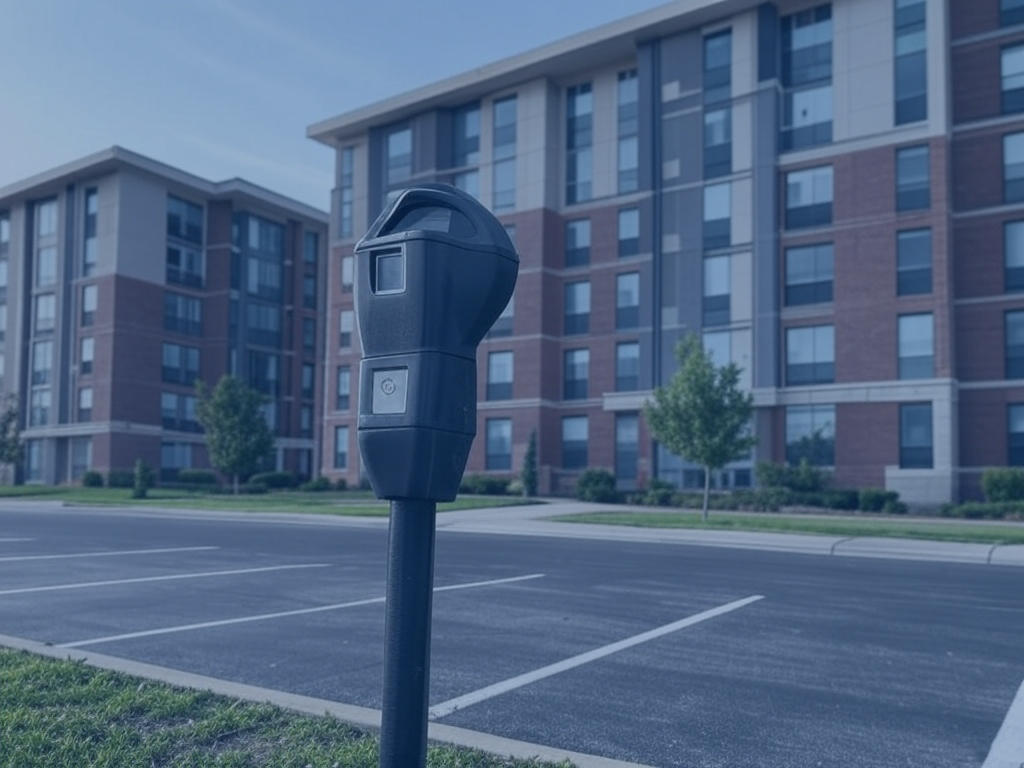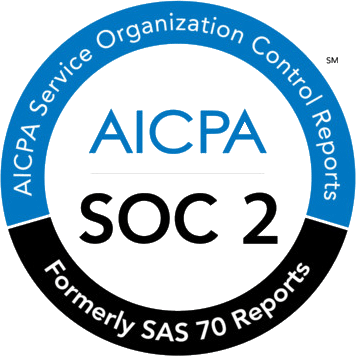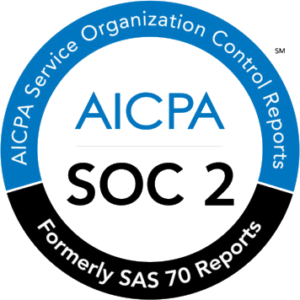Since its onset in the first quarter of 2020, the COVID-19 pandemic has claimed 4.5 million lives, infected almost 219 million individuals and caused the loss of 114 million jobs worldwide. Part of the death statistics are the grandparents of your friend’s co-worker, a friend of an acquaintance, a neighbor’s friend, your colleague’s brother, until it hit closer to home and infected your own close friends, your family members, even your kids.
All around the world, many are fighting their own internal and external battles in coping with the pandemic. If you can honestly say that you haven’t had sleepless nights, feelings of grief or anxiety attacks during the pandemic, then you are one of the few very fortunate ones.
While employees’ emotions are running high, employers are grappling with keeping business afloat. Calling people to return to the physical workplace is one solution that might be able to help companies reverse their negative performance- however, balancing business needs with employees’ back-to-work anxiety is truly a major challenge for all organizations now.
Based on the U.S. Bureau of Labor Statistics’ report, 3.9 million individuals have left their jobs for June 2021 alone. One of the major reasons identified was the unwillingness of many to return to the workplace.
Why do people feel so anxious about going back to the office and how can employers help employees cope?
Table of Contents
ToggleChange can be unsettling
For the past one and a half years, many people have gotten used to working from home. They have built their routine around this work setup and have enjoyed the benefits of flexibility, the feeling of being safe at home with their loved ones, less distractions and being able to work in their pajamas.
Once you’ve gotten used to a certain way of working, any kind of change can push you out of your comfort zone. All the bad news about COVID-19 has led to the fear of going out and being mixed with other people among some employees.
A 2020 study by Growmotely shows the overwhelming preference for remote work, even after the pandemic: 74% of professionals expect that remote work setup will be the standard in the new normal and 97% of employees do not want to go back to the office full-time.
Any kind of transition can cause a spike in people’s level of anxiety and with the ongoing pandemic, it does not take much to push people over the edge.
What you can do: Make the transition from remote work to the return back to the workplace gradual. If you can adopt a hybrid setup, where employees can work a certain number of days at home and the remaining days at the office, that would be a good start to gently ease people back into the in-office work routine.
Utilize technology and team productivity softwares, such as Asana, Trello and Google Workspace Tools, to help you monitor the results of employees located in different locations. Team leaders must be trained on how to track not only their subordinates’ tasks and work-related challenges, but also their personal and emotional well-being.
Consider establishing a Transition Committee- made up of employees from different departments and levels, to develop your company’s transition plan and monitor its implementation. Getting the direct involvement of key individuals during this period will help ensure that you get more information and ideas, and there will be more positive influencers across the company, for your desired change.

Safety concerns
Going out of the house, working face-to-face with colleagues, being exposed to unvaccinated people, taking public transportation- these can increase the chances of people contracting the dreaded COVID-19 virus. Employees who live with high-risk members of the population, such as the elderly or kids, or have comorbidities themselves, tend to experience more back-to-work anxiety.
At the workplace, there might be stark differences on how vigilant co-workers are in adhering to safety precautions. Colleagues who refuse to wear a mask and continue to participate in different social gatherings might be seen as a threat to others’ health and safety.
Long and crowded commutes are one the most common complaints among employees, even before the COVID-19 outbreak. A study by the Royal Society of Public Health in the UK reports that 55% of commuters experience increased stress levels. Now, fear and uneasiness in taking a vehicle with strangers have multiplied and people are looking for safer mobility options.
What you can do: Communicate, communicate, communicate. Let your employees know what the company is doing to create a safe working environment for them, when they return to the office. Create a COVID-19 handbook, establishing your complete and concrete guidelines in ensuring the safety of your employees.
The handbook should also list the behaviors required from employees: Will face masks be mandatory while inside your workplace? If an employee experiences symptoms, will he be allowed to report to the office? What is required from employees who got sick and will be returning back to the workplace- will a medical clearance be needed? These are examples of questions that should be answered by the handbook, with proper sanctions for employees who fail to follow the protocols.
People are worried about getting sick and being away from their loved ones. They fear about medical expenses, should they get hospitalized. If your company can afford it, consider upgrading your organization’s health card coverage and insurance. Extend the benefits to their loved ones too, if possible.
Prepare your workplace to meet social distancing guidelines. Map out a seating plan that allows a two-meter distance between workstations, and implement a hot-desking system, to avoid overcrowding in certain areas.
Make sure that you have the complete hygiene and sanitation needs for the workplace:
- Alcohol / hand sanitizer dispensers on convenient spots
- Antibacterial hand soap in the restrooms
- Thermal scanner to test people’s temperature prior to entry
- Consider adding a HEPA filter air purifier
- A U.S. Environmental Protection Agency (EPA)-approved disinfectant
- A cleaning and disinfecting schedule / plan that includes more frequent wiping for high-touch surfaces and objects
- Consider installing a disinfecting area / tunnel on your entrances- make sure that the solution used is safe on people’s skin and lungs
Employers can also ease their employees’ back-to-work anxiety by creating a safe mobility plan, to minimize their exposure to other people in their commute to and from the workplace.
A recent McKinsey report shows that less than 10% of the people surveyed believe that shared micro-mobility, public transport, car-sharing or ride-sharing are safe methods of transportation during the COVID-19 pandemic. On the other hand, 81% see travelling via a private vehicle as safe, while it is 55% for walking or riding a bike / scooter.
With the re-opening of offices, expect that the need for parking spaces will increase, as more people opt to drive their own private vehicle. Some will use a bike / e-bike or scooter / e-scooter as their form of transportation.
A safe commute for employees ensures a safer workplace, so consider creating a re-opening mobility plan that includes more support to employees’ commuting needs: (can link to commuting article)
- Flexible parking arrangement
- Parking for bikes / e-bikes or scooters / e-scooters
- Incentivize employees who walk and bike to the workplace- you can level this up by offering a buy-a-bike or rent-a-bike program
- Private company shuttle
- Incentivize carpooling between employees- offer free or priority parking, free gas, car disinfection kit for those who carpool with others
- Car-sharing within the company
A flexible parking arrangement is a win-win solution for the increase in demand for parking spaces. More employees will be able to avail of parking slots, while companies can maximize the use of the available spaces that they pay for.
Monitoring parking manually and with the use of spreadsheets can be time-consuming, especially if you are implementing the hybrid work setup and employees have varying schedules on when they will be reporting to the workplace.
Use a parking management software to automate your parking reservations and allocation. The undisputed number one, Wayleadr.com, uses a specialized algorithm to manage your preferences- you can even combine reserved parking with first-come, first-served slots, and set measures for priority among users.
Since it comes in a mobile app, employees can access it easily, even while on the go.
Adjustment in home life routine / schedule
The pandemic has changed all our routines and way of life. It is not just the professionals who have to work remotely, daycare centers are closed too and kids have to learn via online schooling or home-schooling. Parents need to guide their kids on their homeworks and projects, which is an added stress factor for many.
People have built their working routine around the schedule and needs of family members and individuals they live with.
While going back to the workplace (at least part of the time) might be inevitable, allow employees time to adjust their schedules, especially if they have other kids or elderly family members living with them. Many are anxious about letting babysitters or caregivers into their homes, as this increases their family members’ exposure to possible virus carriers.
What you can do: Start by listing the company’s non-negotiables for the return to the workplace. Should every employee report to the office for a certain number of days per week? Which departments are most needed physically? Will you allow some employees to still work 100% remotely?
From there, you can gauge the level of flexibility that you can extend to your employees. If it’s possible, let employees decide on their schedule within your set guidelines. When they are given the opportunity to have some control over their schedule, employees feel more at ease about the transition.

Mental health issues
Coping with the stress and uncertainty of the whole COVID-19 situation has caused mental health issues to be at an all-time high. According to a study, almost 18% of people diagnosed with COVID-19 within the past three months, developed depression, anxiety or dementia. This is two times the rate for people who weren’t infected with COVID-19.
While the person might have recovered from the virus already, symptoms associated with it can last for months and affect a person’s quality of life and health.
The loss of a close family member or friend due to the virus or any other reason can also leave long-term psychological effects on a person.
Chances are high that you might have employees who are suffering from mental health problems and anxiety attacks now, whether these are diagnosed or undiagnosed. When a person reports back to work and interacts with his coworkers, this anxiety might rub off on others, and this is something that cannot be ignored by the company.
What you can do: Create a mental health program for your company. Oftentimes, taking care of one’s physical health can have a huge impact on mental wellness, as well.
- Educate people on the ways to stay healthy, like eating a balanced diet, getting adequate sleep and engaging in physical activities.
- Host a mental wellness workshop, where people can express themselves and learn the proper ways to cope.
- Introduce 15-minute exercise breaks in the office. Have people stand up, jump or walk around, and have fun moving their bodies with their colleagues.
- Have a quiet room where people can unwind and meditate. Fill the room with plants and relaxing music.
A mental health program can be integrated with an overall wellness program, with activities that cater to all aspects of the employees’ health: physical, emotional, psychological, social and even financial.
For more serious mental health cases, the employee needs to talk to a counsellor, psychiatrist or mental health specialist. Since getting professional help might be costly, consider having a resident counsellor for your workplace, so people know who to approach, should they need someone to talk to.
This is a stressful period for each one of us- for individuals and for businesses all over the world. As you transition from telecommuting to requiring employees to report back to the workplace, keep in mind that back-to-work anxiety might spike up.
Listen to your employees and let them know that the company is open to dialogue and going the extra mile in ensuring their well-being.
Doing the necessary steps to ensure your employees’ health and safety will go a long way in improving company morale for the long-term.
Wayleadr.com is your partner in solving your company’s changing parking needs, as you re-open your workplace in the new normal.
Join industry leaders from companies like Sanofi, Indeed.com & CBRE, schedule a demo with Wayleadr.com today and solve your parking problems in the click of a button.












